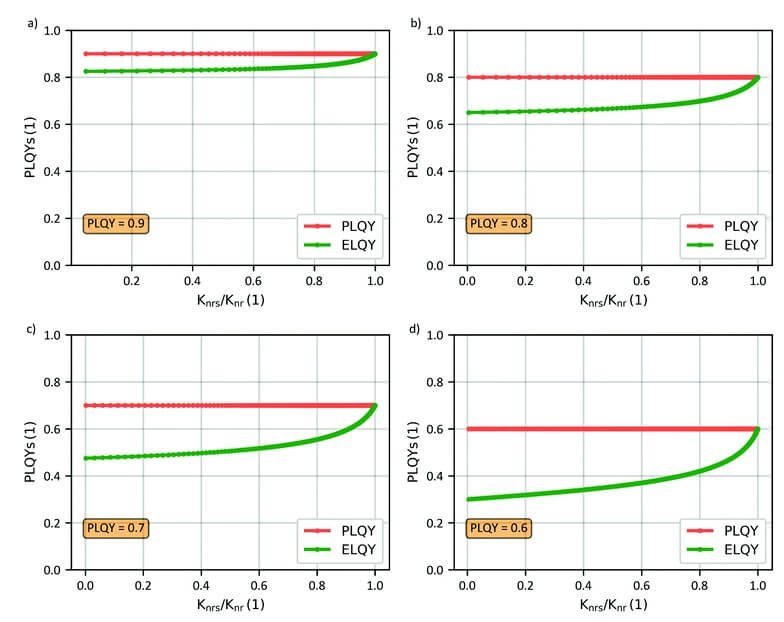Determining non-radiative decay rates in TADF compounds using coupled transient and steady state optical data
Stefano Sem, Sandra Jenatsch, Kleitos Stavrou, Andrew Danos,
Andrew P. Monkman and Beat Ruhstaller
J. Mater. Chem. C, 2022, Advance Article
Thermally-activated delayed fluorescence (TADF) compounds are promising materials used in emissive layers of organic light-emitting diodes (OLEDs). Their main benefit is that they allow the internal quantum efficiency of the OLED to reach up to 100% by converting non-radiative triplet states into radiative singlets. Besides the importance of having a high reverse intersystem-crossing rate, which governs triplet conversion, minimizing the non-radiative decay processes is also extremely important to reach high efficiency. In this study the researchers provide a new method to quantify not only the most important decay rates involved in the TADF process, but also the non-radiative decay rates of both singlet and triplet states individually from transient and steady state experimental optical data.

